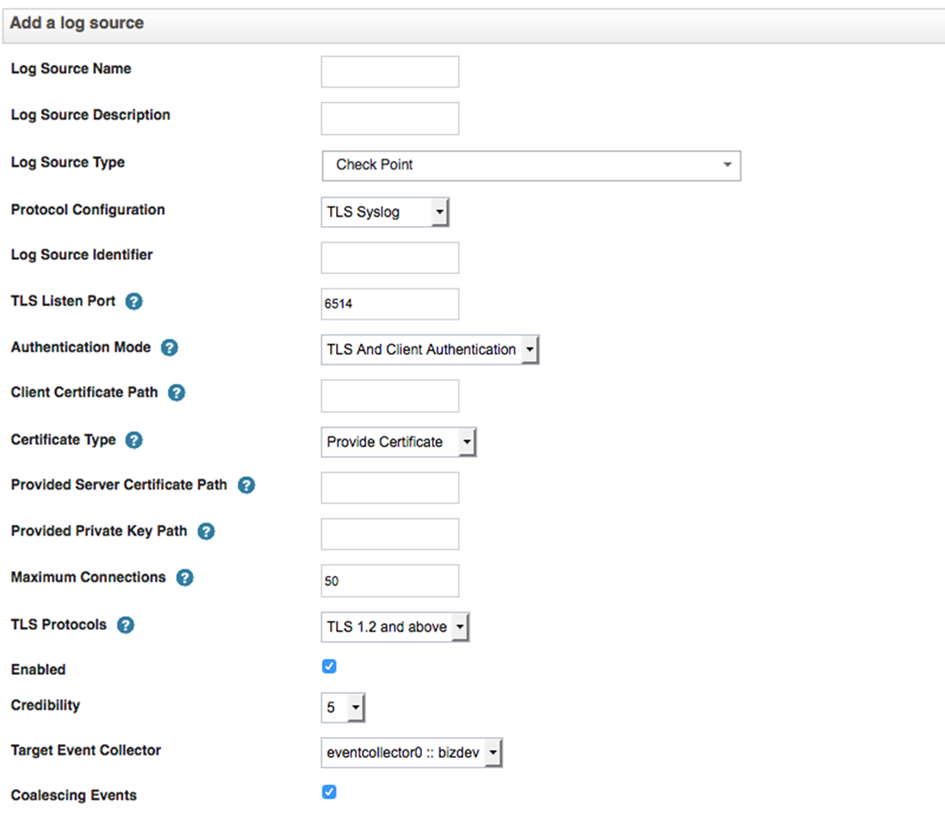

There is also a great Splunk Wiki write-up covering more configuration and even troubleshooting. If you have not discovered this gem, it contains all the basics on laying the foundation for Deployment Server and deployment clients.
SPLUNK SERVER CONF HOW TO
the usual change controls involving trouble tickets, change windows and long lag times.Ĭhances are if you are considering Deployment Server or have already implemented it, you’ve already trolled Splunk documentation on what it is and how to set it up.
SPLUNK SERVER CONF INSTALL

We at Splunk do not feel strongly if you do or you don’t use Deployment Server.

Please note: the intent of this post is not to extol the virtues of Deployment Server over any other tool for managing config file changes. After all, it’s that time of the year to work with change (the kind that looks good, of course). If you are planning to implement Deployment Server or want to improve your current setup, however, let’s roll. If you are already using Puppet or Chef or some other tool of choice, this discussion is likely not relevant to you. Splunk’s Deployment Server can shepherd the menagerie of its own configuration files. Whatever the shape and rate of change in your environment, did you know Splunk can help manage it? I’ve heard of deployment changes happening very rarely to dozens of times a day. Yet no matter what it looks like, sometimes it’s not the change, but the rate of change that is more difficult to manage and differs in every environment. I’m not sure which is easier to answer, especially since it depends on the change.


 0 kommentar(er)
0 kommentar(er)
